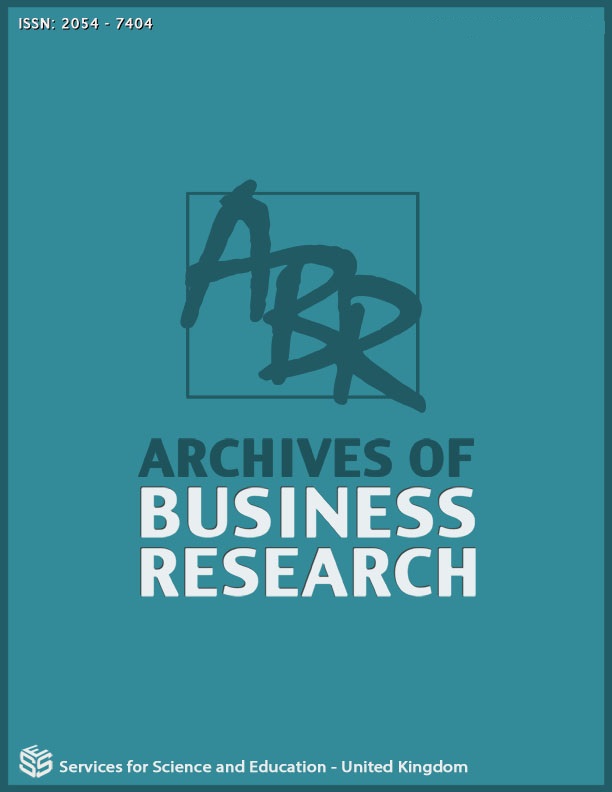Collective Bargaining Agreements In Industrial Conflict Resolutions In The Ghanaian Public Sector: Workers' Perspective
DOI:
https://doi.org/10.14738/abr.99.10606Keywords:
Collective bargaining agreement, industrial conflicts, labour relations, dispute resolution mechanisms, the public sectorAbstract
In recent years, industrial conflicts have reached alarming proportions, especially in Ghana’s public sector. In some instances, workers resort to strike actions and marches when employers use lockout and other methods not approved by the Labour Act or set out in a collective agreement. In Ghana, several heads of institutions and the management of most public institutions make unilateral decisions without consulting collective bargaining agreements. Many structures have been thrown into disarray; thus, resulting in industrial tensions at one point or another. This study aims to assess how effective collective bargaining agreements are at resolving labour disputes. A descriptive survey design was used, and the study participants included members of the Public Service Workers’ Union (PSWU) with a sample size of 240 unionised staff members. Poor coordination, lack of shared respect and consultation, and an unfavourable attitude toward union leaders and members were discovered to be the key causes of industrial conflict in the public sector. Furthermore, problems relating to salaries and wages, redundancies and layoffs, gratuities and pensions, and bad working conditions were the other causes of industrial unrest in Ghana’s public sector. It was suggested that employers establish a constructive collective bargaining procedural and substantive rule to react swiftly to economic changes that impact workers’ terms and conditions of service.
Downloads
Published
How to Cite
Issue
Section
License
Copyright (c) 2021 Justice Ebo Crentsil

This work is licensed under a Creative Commons Attribution 4.0 International License.






